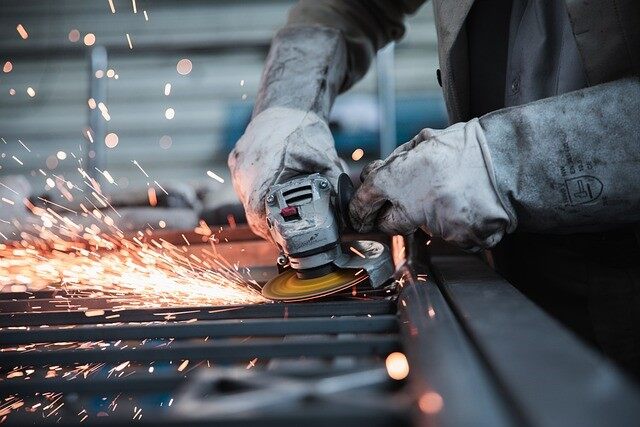Choose high-quality raw materials, ensure the chemical composition of casting materials is qualified.
Less inclusions in the metal material could get high quality castings during melting.
Ensure the continuity of pouring
When pouring, the casting workers should grasp the pouring speed, to avoid the interruption of pouring and lead to oxidation layer in the casting, affect inside quality of castings.
Avoid core outgassing
Low outgassing or having sufficient venting gates can avoid the formation of air holes due to core outgassing.
Avoid porosity defects
When pouring, it is important to avoid gases being drawn into the pouring system. Otherwise, a series of oxidized bubbles will be created in the casting, resulting in porosity defects and affecting the overall quality of the finished casting.
Avoid convection defects
Convection problems are critical in casting production. The hazards of convection casting is for medium wall thickness castings. During casting production, you can reduce the hazards of convection through the methods of the casting structure or process. Overturning after pouring and avoiding upward shrinkage can solve above problems also. For thin-walled and thick-walled castings are basically not affected by convection.
Control of residual stress
Avoid the use of boiling water as quenching fluid, prohibit light alloy castings water quenching high temperature solution treatment in casting production. You can use polymer quenching medium or forced air quenching for the products with low stress.

